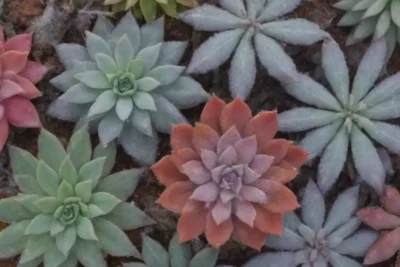
Do Succulents Like to Be Root Bound? Myths About Growth Debunked
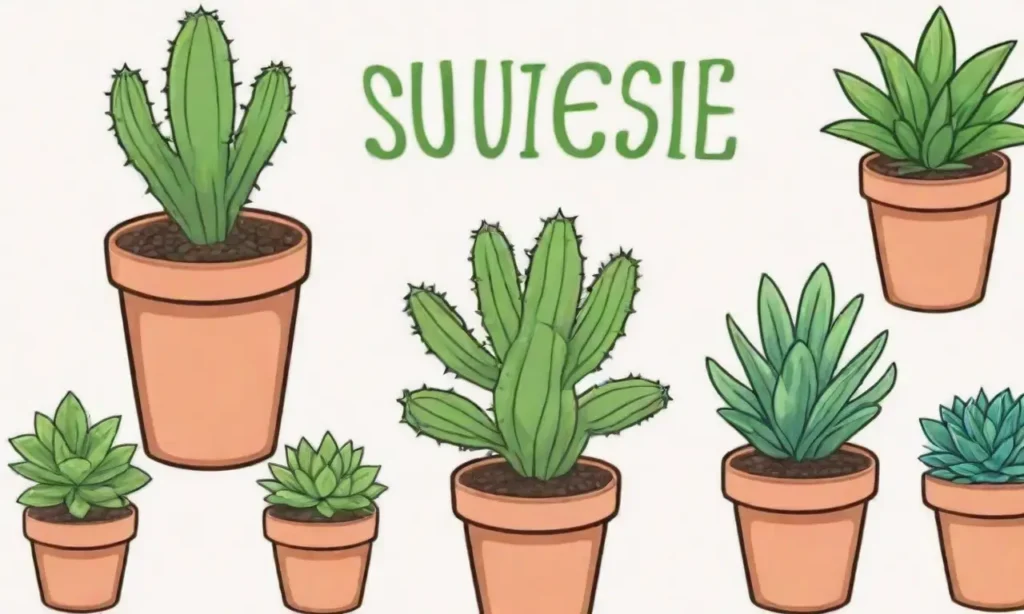
Introduction
Succulents have taken the gardening world by storm with their striking aesthetics, ease of care, and diverse varieties. Many people enjoy cultivating these hardy plants, but there are often misconceptions about their growth needs. One prevailing question is whether succulents actually prefer to be root bound. This article aims to shed light on this topic, dismantling myths and providing a deeper understanding of succulent health and care.
In examining the relationship between root development and succulent growth, we will explore various myths, the biological needs of succulents, and the right conditions for optimal growth. We will begin by defining what it means for a plant to be root bound, before diving into the specifics of how succulents thrive in different environments and pot conditions.
What Does It Mean for a Plant to Be Root Bound?
When a plant is described as being root bound, it generally refers to a situation in which the roots grow densely within the confines of a container or pot, preventing them from accessing more soil, nutrients, and water. This condition arises when the plant has outgrown its pot, often leading to tangled roots racing in circular patterns and turning into a solid mass. As a result, these plants may face numerous challenges related to nutrient absorption and overall growth.
For many houseplants, including succulents, being root bound can present a series of adverse effects if allowed to persist. For instance, root-bound plants can experience stunted growth, as their roots struggle to find essential resources. Furthermore, these plants may become more susceptible to environmental stresses, such as changes in light, temperature, or humidity. In severe cases, root bound conditions may lead to root rot due to poor drainage, as water can accumulate in a compacted mass of roots rather than absorbing into the surrounding soil.
So does it mean that succulents like to be root bound? The answer, as it turns out, is more nuanced than a simple yes or no. While certain species can tolerate being root bound for a period, they will not thrive in such conditions indefinitely. Understanding the needs of succulents and the impact of pot size on their health can help inform better practices for caring for these delightful plants.
The Myths Surrounding Root Bound Succulents
Myth 1: Succulents Thrive When Root Bound
One of the most widely spread myths is that succulents love to be root bound and can flourish in crammed environments. While it's true that some varieties may endure being root bound longer than others, this does not mean they thrive in these conditions. Succulents are mainly characterized by their ability to store water, which often leads people to mistakenly believe they are less affected by space constraints. However, roots still need room to grow and absorb water and nutrients from the soil.
Over time, if a succulent remains root bound, it can lead to deterioration and may even prove fatal. When the plant's living conditions compromise its root system, other physiological functions, such as photosynthesis, can become limited, affecting the plant's energy profile and health. Thus, the idea that succulents thrive in tight quarters may stem from observations of their resilience, rather than from a true preference for being cramped.
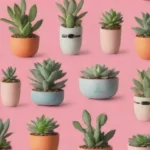 Do Succulents Need Humidity to Flourish? Busted Care Myths
Do Succulents Need Humidity to Flourish? Busted Care MythsMyth 2: Root Bound Plants Grow Faster
Another common myth is that root bound plants grow faster compared to those in more spacious pots. In reality, while a plant may exhibit initial growth due to being stimulated to stretch for nutrients, the long-term effects of a cramped root system can inhibit overall growth performance. When roots become entangled and are forced to compete for resources, they may neglect critical nutrients that would otherwise lead to robust plant health.
In essence, a succulent that is consistently root bound may eventually slowdown in growth rate, as the plant's energy reserves are depleted fighting its surroundings. Healthy plants are better positioned to absorb necessary nutrients and grow stronger, while root bound plants tend to exhibit minimal and often sporadic growth due to their compromised foundation.
Myth 3: Repotting is Unnecessary
Some succulent owners might believe that once a plant is well established, it doesn't need to be repotted. While it’s true that succulents can survive in a container for many weeks or even years, routine evaluation of the pot size and soil condition is critical. Failing to repot can lead to the detrimental effects mentioned, such as stunted growth and root rot.
Repotting allows you to provide fresh soil and an appropriate pot size that encourages optimal root development. Additionally, changing out the soil mix can enhance drainage and mitigate the risk of overwatering, which is a prevalent problem for cultivators. By thoroughly considering your succulent's growth conditions and life cycle, you can ensure its continued health and vitality.
Best Practices for Succulent Care
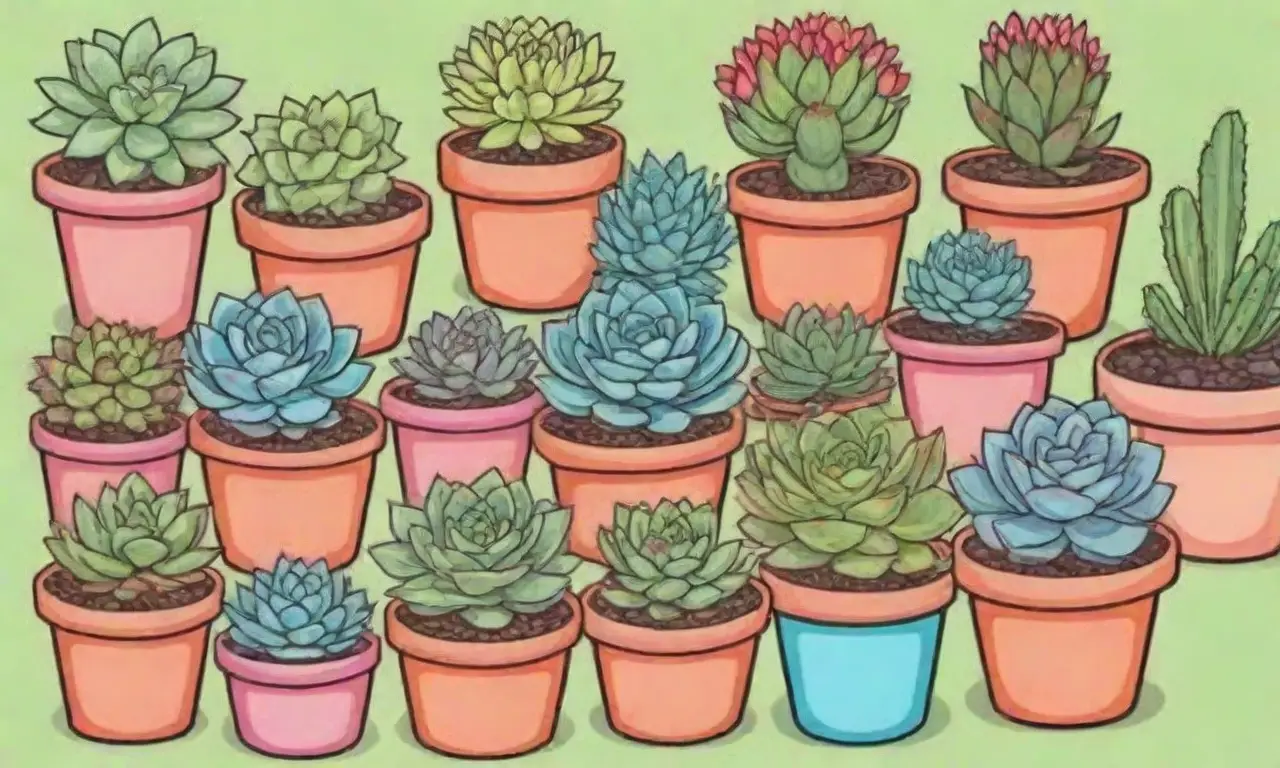
Selecting the Right Pot
Choosing the right pot for your succulents is essential in optimizing their growth conditions. A pot that is too small can hinder the development of roots, while one that is too large may retain excess moisture, leading to root rot. In general, opt for a pot that allows at least an inch or two of space around the root mass; this gives the roots room to spread without creating a waterlogged situation. Additionally, always select pots with drainage holes at the bottom, as they promote the best soil conditions and prevent stagnant water.
Repotting Schedule
To gauge when a succulent might need repotting, monitor its growth patterns closely. Factors such as the appearance of roots through drainage holes, slower growth rates, or signs of declining health indicate it may be time to transition to a larger container. Depending on the succulent species and environmental factors, this process may occur every couple of years. By proactively repotting, you give your plants the best chance at flourishing.
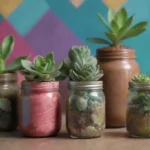 Can You Propagate Any Succulent in Water? Busted Care Myths
Can You Propagate Any Succulent in Water? Busted Care MythsMoreover, when repotting, choose a well-draining soil mix designed for cacti and succulents. This mix typically contains elements like perlite, sand, and potting soil, which together improve aeration, drainage, and nutrient accessibility—critical components for healthy succulent growth.
Observing Growth Conditions
Just as succulents scale up their pot size over time, their growth also relies on proper light and temperature conditions. Make sure to place your succulents in a location where they receive ample sunlight for a few hours each day, as this will promote vital physiological processes such as photosynthesis. However, be cautious; too much direct sun can scorch the leaves, while too little light can stunt growth and lead to leggy plants.
Furthermore, maintaining appropriate temperatures is crucial. Most succulents prefer moderate to warm temperatures, ideally between 60-80°F (15-27°C). Keeping an eye on humidity levels is also essential; too much humidity can lead to fungal issues, while a dry atmosphere can lead to dehydration. Striking a balance will keep your succulents thriving.
Conclusion
In conclusion, understanding whether succulents like to be root bound is an essential aspect of providing compassionate care for these beautiful plants. The myths that succulents thrive in such conditions have been debunked, revealing that while they can endure being root bound temporarily, it is far from an ideal situation for them to flourish. Recognizing the importance of proper pot size, observing growth trends through regular monitoring, and ensuring that all factors—such as light and temperature—are balanced can lead to thriving succulents.
To foster healthy and vibrant growth in succulents, adopt a proactive mindset around potting and repotting practices. With the right care, succulents will reward you with their beauty, resilience, and charm, continuing to thrive rather than simply survive. Remember that these delightful plants deserve attention and action; as they grow, so should their surroundings! Happy planting, and enjoy the whimsical diversity that succulents bring to our lives.
If you want to read more articles similar to Do Succulents Like to Be Root Bound? Myths About Growth Debunked, you can visit the Succulent care myths category.

You Must Read